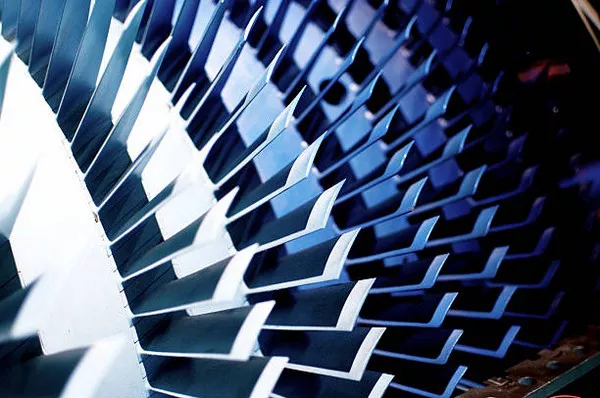Sandblasting, a versatile technique widely used in various industries, offers a powerful method for surface preparation, cleaning, and finishing tasks. At the heart of this process lies the air compressor, an indispensable tool that propels abrasive materials at high speeds to achieve desired results. In this comprehensive guide, we will delve into the intricacies of sandblasting and explore the crucial role air compressors play in its execution.
Understanding Sandblasting:
Sandblasting, also known as abrasive blasting, involves propelling fine particles or abrasives at high velocity onto a surface to remove contaminants, shape, or smoothen it. This process finds application in industries ranging from automotive and manufacturing to construction and restoration. The key to successful sandblasting lies not only in selecting the appropriate abrasive material but also in harnessing the power of an efficient air compressor.
Choosing the Right Air Compressor For Sandblasting:
Selecting the right air compressor is paramount to the effectiveness and efficiency of sandblasting operations. Factors such as compressor type, capacity, and pressure requirements must be carefully considered. Reciprocating, rotary screw, and centrifugal compressors are common types used in sandblasting applications, each offering distinct advantages in terms of cost, portability, and power output.
Reciprocating compressors, characterized by their piston-driven design, are suitable for smaller-scale sandblasting projects due to their affordability and flexibility. Rotary screw compressors, on the other hand, are favored for their continuous duty cycle and higher airflow rates, making them ideal for larger-scale industrial sandblasting operations. Centrifugal compressors, although less common in sandblasting, excel in delivering high volumes of compressed air at constant pressure levels.
Determining the appropriate compressor capacity involves assessing the volume of compressed air required to sustain continuous sandblasting operations. This is influenced by factors such as nozzle size, abrasive material, and desired blasting pressure. It is crucial to choose a compressor with sufficient capacity to meet the demands of the specific sandblasting task without compromising performance or efficiency.
Optimizing Air Pressure and Flow Rate:
Achieving the optimal air pressure and flow rate is essential for maximizing the effectiveness of sandblasting while minimizing abrasive consumption and equipment wear. The pressure at which the compressed air is delivered determines the velocity at which the abrasive particles are propelled onto the surface. Higher pressures result in greater abrasive velocity, facilitating faster material removal and surface preparation.
However, it is imperative to strike a balance between pressure and abrasive flow rate to prevent excessive material wastage and unnecessary wear on equipment components. The abrasive flow rate, controlled by adjusting the nozzle size and abrasive feed mechanism, should be synchronized with the compressor output to maintain consistent blasting efficiency.
Calibrating the air compressor to deliver the required pressure and flow rate ensures uniformity in surface treatment and enhances overall productivity. Additionally, periodic monitoring and adjustment of these parameters during sandblasting operations help optimize performance and maintain quality standards.
Implementing Safety Measures:
Sandblasting operations pose inherent risks to personnel and equipment due to the high-pressure air and abrasive materials involved. Prioritizing safety is imperative to prevent accidents, injuries, and damage to property. Employing appropriate personal protective equipment (PPE), including respiratory masks, goggles, gloves, and protective clothing, shields operators from airborne contaminants and abrasive particles.
Moreover, establishing designated blast areas and implementing barriers or enclosures helps contain the blasting process and mitigate the risk of bystander exposure. Regular equipment inspections, maintenance, and adherence to operational protocols further enhance safety and minimize the likelihood of malfunctions or accidents.
Effective Dust Management:
Dust generation is an inevitable byproduct of sandblasting operations, posing environmental and health hazards if not adequately managed. Implementing dust suppression measures, such as using wet blasting techniques or installing dust collection systems, helps minimize airborne particulate matter and maintain a safe working environment.
Moreover, selecting low-dust or dust-free abrasive materials reduces the need for extensive cleanup and mitigates the risk of respiratory ailments associated with prolonged exposure to airborne contaminants. Proper containment and disposal of abrasive waste further contribute to environmental stewardship and regulatory compliance.
See also What Causes Ac Compressor Not To Kick On
Conclusion:
Mastering the art of sandblasting requires a thorough understanding of the principles governing abrasive blasting techniques and the critical role played by air compressors in achieving desired outcomes. By selecting the right compressor, optimizing air pressure and flow rate, implementing safety measures, and adopting effective dust management strategies, operators can enhance productivity, ensure worker safety, and achieve superior surface finishes in diverse sandblasting applications.

